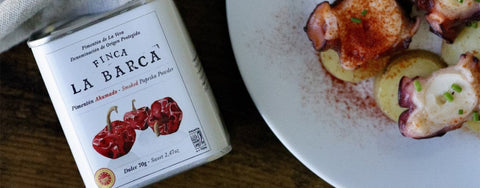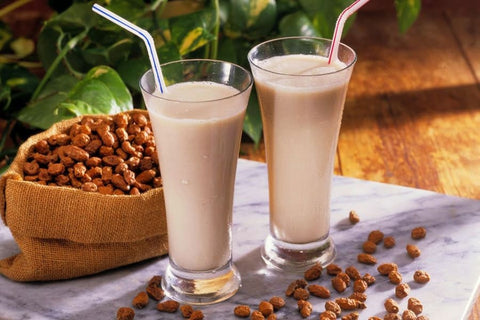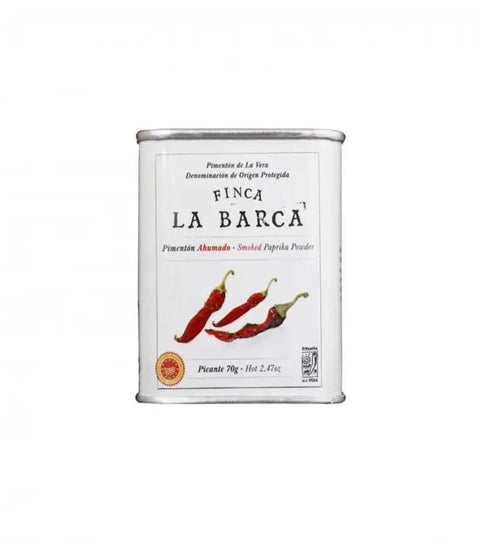How to use smoked paprika?

Smoked paprika is a spice that adds a rich, smoky flavor to many dishes. Here are some common ways to use it in cooking:
-
Seasoning of meats:
- Rub smoked paprika on meats like chicken, pork or beef before cooking to give it a smoky, slightly tangy flavor.
- Add it to your meat marinades.
-
Rice or cereal dishes:
- Sprinkle smoked paprika over rice, quinoa, or other grain dishes to give them a dimension of smoky flavor.
-
Soups and stews:
- Incorporate smoked paprika into your soups, stews and chili for a deep smoky flavor.
-
Sauces and condiments:
- Add it to sauces like tomato sauce, barbecue sauce, mayonnaise or salad dressings for a smoky flavor.
-
Seafood :
- Use smoked paprika to season seafood dishes, especially grilled seafood.
-
Vegetarian dishes:
- Sprinkle it over roasted vegetables, potatoes or sweet potatoes for a smoky touch.
-
Eggs:
- Add smoked paprika to your scrambled eggs, omelettes or poached eggs for a delicious smoky flavor.
-
Pop corn :
- Mix smoked paprika with salt to season your popcorn for a tasty snack.
-
Dips:
- Incorporate it into dips, like cheese dip or sour cream dip, for a smoky flavor.
-
Grills:
- Add smoked paprika to marinades for grilled meats or sprinkle it directly on food while cooking.
But which smoked paprika can we use?
Pimentón de la Vera is a type of smoked paprika native to the La Vera region, located in the province of Cáceres in Spain. It is made from ripe chili peppers that are dried over an oak fire, giving it its characteristic smoky taste. Once dried, the peppers are ground to obtain a fine, red powder. There are three main varieties of Pimentón de la Vera:
- Sweet (Dulce) : Light in terms of spiciness, it mainly adds a smoky, sweet flavor to dishes.
- Pleasant (Agridulce) : Halfway between sweet and spicy, with a slightly more robust flavor.
- Strong (Picante) : Spicy, it brings a note of heat in addition to the smoky flavor.
Pimentón de la Vera is a PDO (Protected Designation of Origin), which guarantees its geographical origin and its traditional production method. It is often used in Spanish cuisine to flavor dishes such as chorizo, patatas bravas, and various soups and stews.






Comments (0)
There are no comments for this article. Be the first one to leave a message!